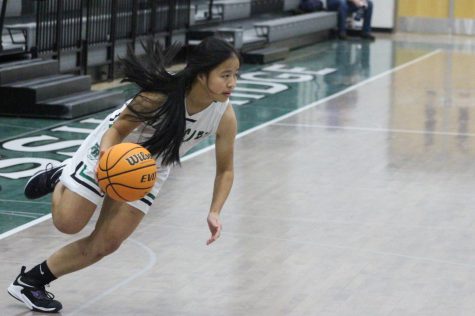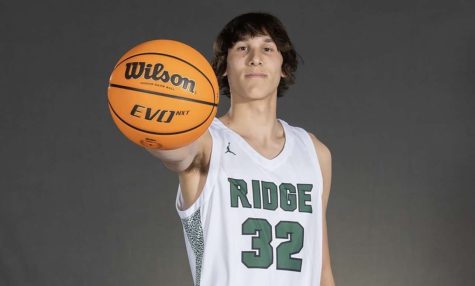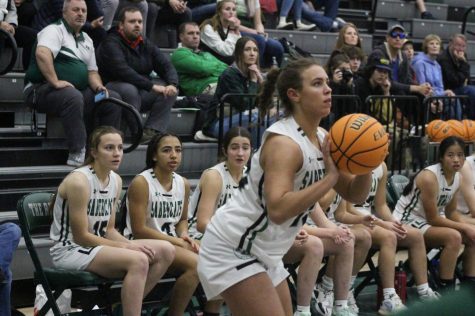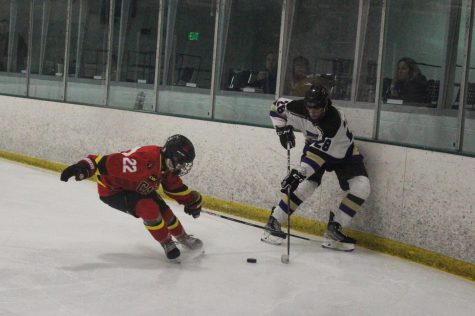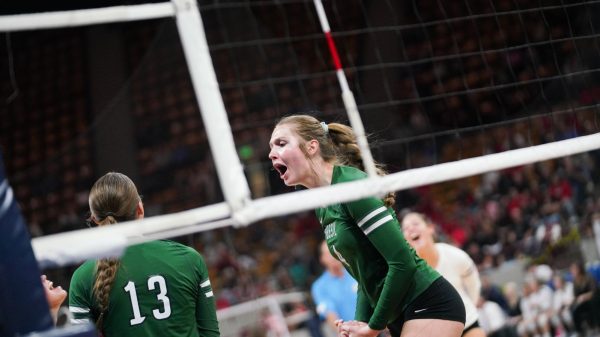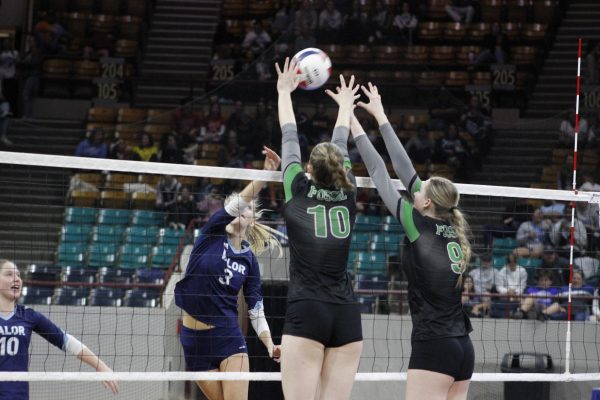The problem with boys tennis funding
The Fossil Boys Tennis Team after a successful state tournament, where they placed third.
Tennis is an incredibly underrated sport. I do not know how many times I can say that. Although many people do not believe that, it is often because they have never given it a chance. Even at the district and state levels, tennis is overlooked for major funding because of this. The big sports, such as football and basketball get a major portion of the funding for high school athletics, leaving out the stereotypically smaller sports. That is an issue, and it needs to be addressed.
Fossil Ridge’s tennis team is one of the most consistently successful teams at Fossil Ridge and even in the Poudre School District, finishing top ten in the state for the last four seasons, and top four in the state for the last two seasons. Fossil tennis also has upwards of 55 students try out and play for the team year in and year out. As Colorado, and specifically, Northern Colorado continues to grow as a national tennis hub, more and more people are starting to play, meaning that more and more students will continue to try out. One would think that tennis would be getting funding that is at least in the same ballpark as football, or any other of the major sports, and yet, it remains drastically different.
Contrary to popular belief, tennis is not a cheap sport. There are many expenses that go unnoticed while funding is being considered. On the surface, tennis looks very inexpensive. To the non-tennis player, it may only look like a racket and some cheap fuzz-covered rubber balls, but it goes far deeper than that. For a beginner racket, prices can range from forty to one hundred dollars, but as players become more advanced, racket prices can be upwards of $250. On top of that, every racket needs to be strung, which can commonly cost fifty dollars total (which includes the string, and the stringing, which will usually need to be done by a professional). The cost of tennis balls is also incredibly expensive. A team box of tennis balls, which will usually have eight to twelve cans of balls (3 balls per can, twenty-four to thirty-six total) can range anywhere from $40-$80. An average basket of tennis balls will have more than 100 tennis balls, and a high school practice should have at least two baskets. When playing two to three times per week, a team can wear out a basket of balls in less than two weeks. For a two-month season, the cost of balls could be $1,280. And that just covers the basics that a team needs to play.
To compete in matches, tennis teams need jerseys. Although Fossil Ridge is an Under Armor-sponsored school, Fossil tennis has never once had Under Armor jerseys, unlike the football, basketball, baseball, softball, and soccer teams. Instead, Fossil parents have to pay for jerseys that are what some consider to be off-brand. The same goes for hoodies and other tennis-branded apparel. Although some of this may be school-funded, the vast majority of it comes straight from the team’s pocket.
Transportation is another key expense that comes with competing in tennis. For most of its out-of-district matches, the team would have to drive upwards of ninety minutes. While football and softball varsity teams would get charter buses, Fossil tennis was forced to provide their own transportation, mainly caused by driver shortages. For the entire 2021 season, buses were made available for only three matches, and with virus-caused capacity limitations, not even half of the team could ride on that bus, leaving much of the team to fend for themselves as they attempted to make it to matches.
Tennis needs the funding and it is simply unfair for the District to expect families of players to fund needs for the team. Although every sport does have an athletic fee, with some being more expensive than others, tennis should still have more funding made available than just the team fee, as major sports like football and basketball do. As Fossil tennis continues to be a top team in the state, bring positive exposure for the school, and produce two to five college players per season, funding numbers need to grow. It is incredibly difficult for families of the team to provide extra funding, and while football has no difficulty getting a charter bus to away games, tennis struggles to get to matches. While basketball gets Under Armor jerseys, tennis has to order from an independent website just so they are allowed to compete. The lack of tennis funding is, simply put, disgraceful and it needs to be fixed.
Your donation will support the student journalists of Fossil Ridge High School. Your contribution will allow us to purchase equipment and cover our annual website hosting costs.
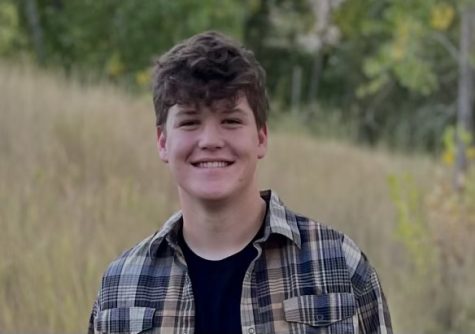
Seth Bylund, a senior, is returning to the journalism room for the first time since his sophomore year, where he learned the basics of journalism, shortly before quarantine began. Although he does not consider himself to be extremely extroverted, he hopes that journalism will help him to expand his horizons,...




